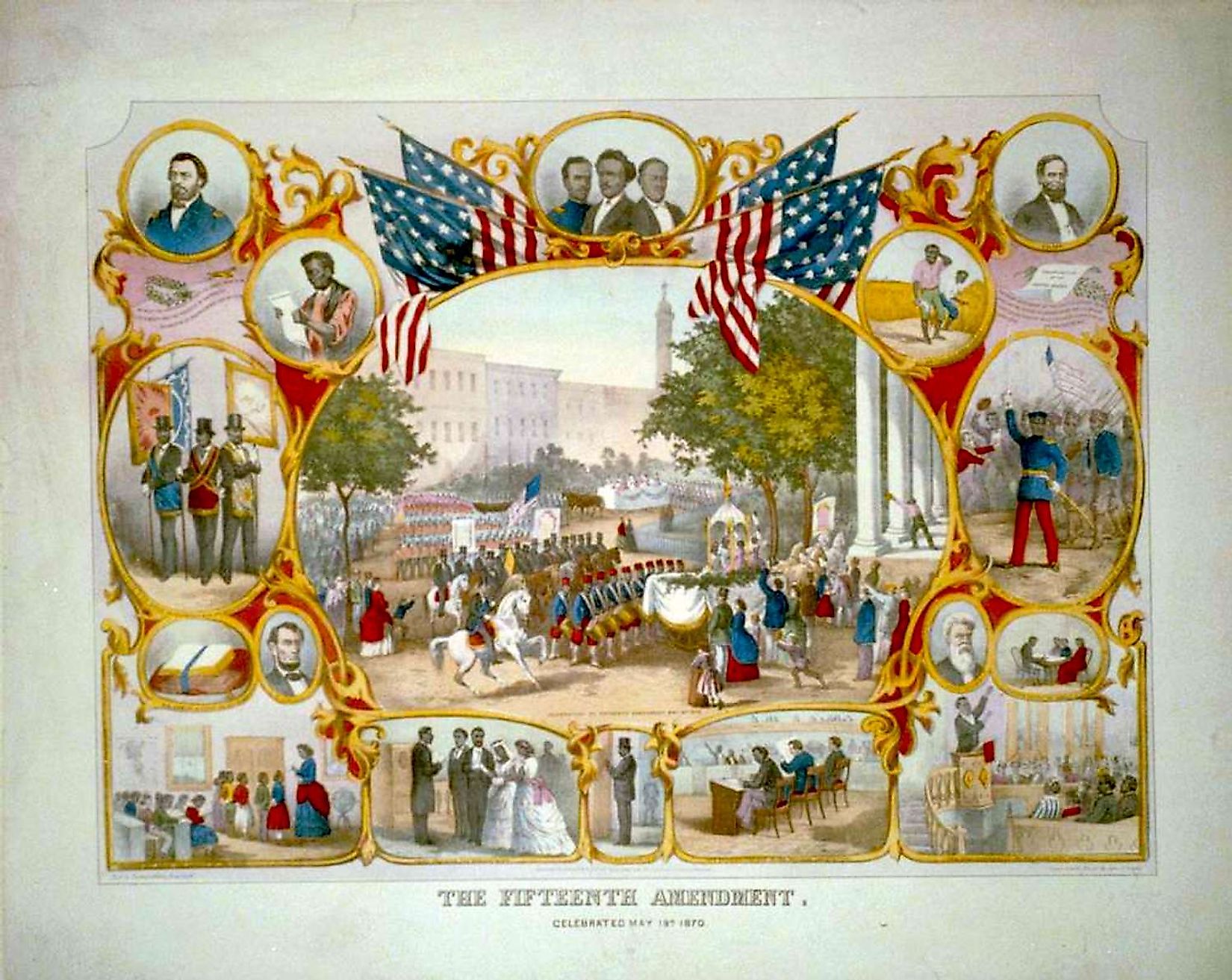
What Was The Fifteenth Amendment?
The 15th Amendment to the United States Constitution, ratified on February 3, 1870, prohibits the federal and state governments from denying voting rights to citizens based on their "race, color, or previous condition of servitude." This amendment represented a major milestone in the country's civil rights history and granted African American men the right to vote. However, the road to the 15th Amendment was a long and difficult one, and the fight for voting rights did not end with its ratification.
The Abolitionist Movement, Civil War, And Reconstruction
The abolitionist movement, which aimed to end slavery in the United States, played a significant role in the push for voting rights for African Americans. The Civil War and Reconstruction also had a major impact on this effort. The Civil War (1861-1865) that was fought between the Union and the Confederacy centered around the dispute of whether slavery should be permitted in the western territories. The Confederacy (the South) supported the expansion of slavery, while the Union (the North) was against it. At the end of the war, the Union emerged victorious.
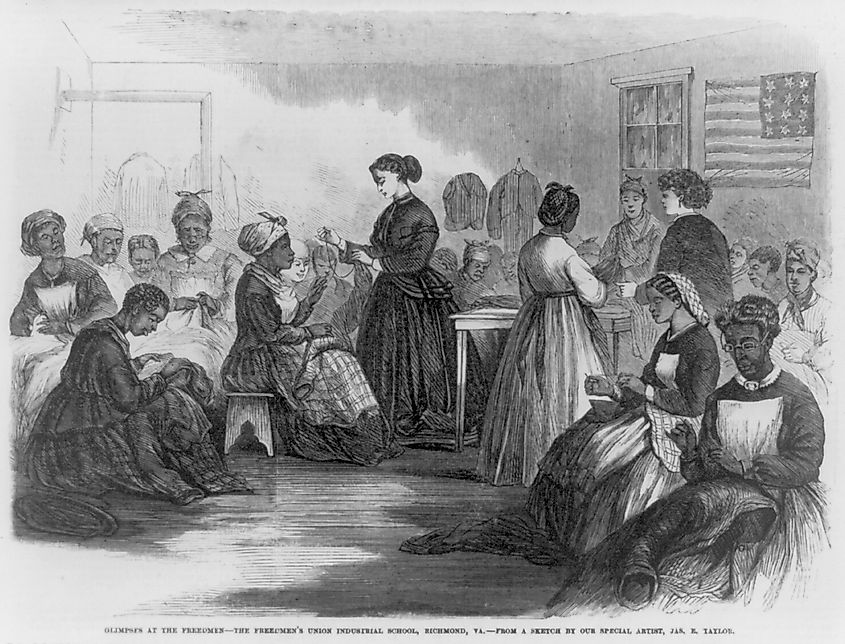
Reconstruction (1865–77) followed the Civil War when attempts were made to create an equal society and reintegrate the southern states and newly freed people into the Union. During this time, two important amendments were made to the Constitution. The 13th Amendment, ratified in 1865, banned slavery and involuntary servitude, and the 14th Amendment, ratified in 1868, granted citizenship to African Americans and required that states provide equal protection under the law. These amendments laid the groundwork for the 15th Amendment.
Proposal And Ratification Of The 15th Amendement
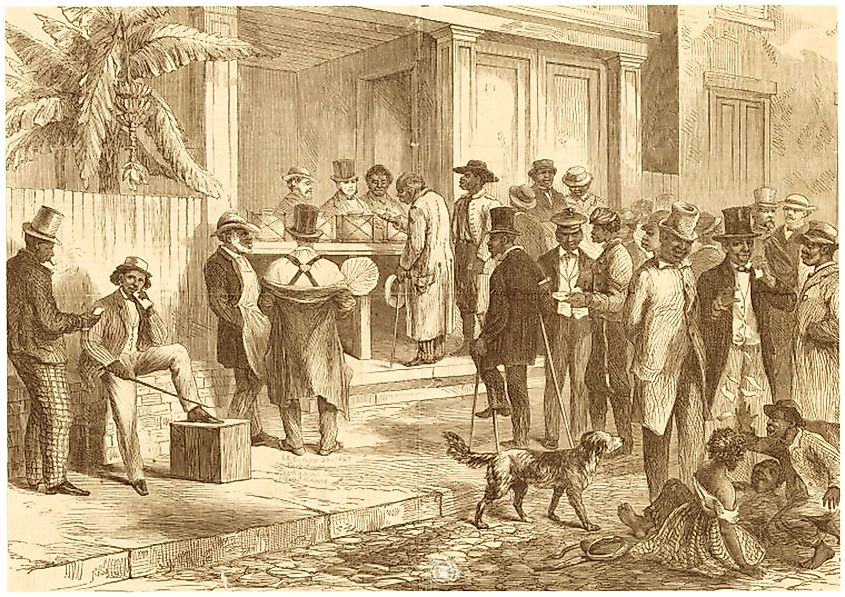
The process of getting the 15th Amendment passed and added to the Constitution was a complex and time-consuming one. It all began in 1869 when the Amendment was first introduced in the Senate. From there, it moved on to the House of Representatives, where it was debated and eventually passed. However, this was only the first step in the process. For the 15th Amendment to become part of the Constitution, it needed to be ratified by three-fourths of the states. This required a great deal of lobbying, advocacy, negotiation, and compromise.
There was a lot of debate and disagreement, and some states were resistant to ratifying the Amendment. However, after much hard work and perseverance, the 15th Amendment was finally ratified by the necessary number of states in February 1870. It marked a significant moment in the history of civil rights in the United States, as African-American men could now vote as the nation's citizens.
Challenges On The Way
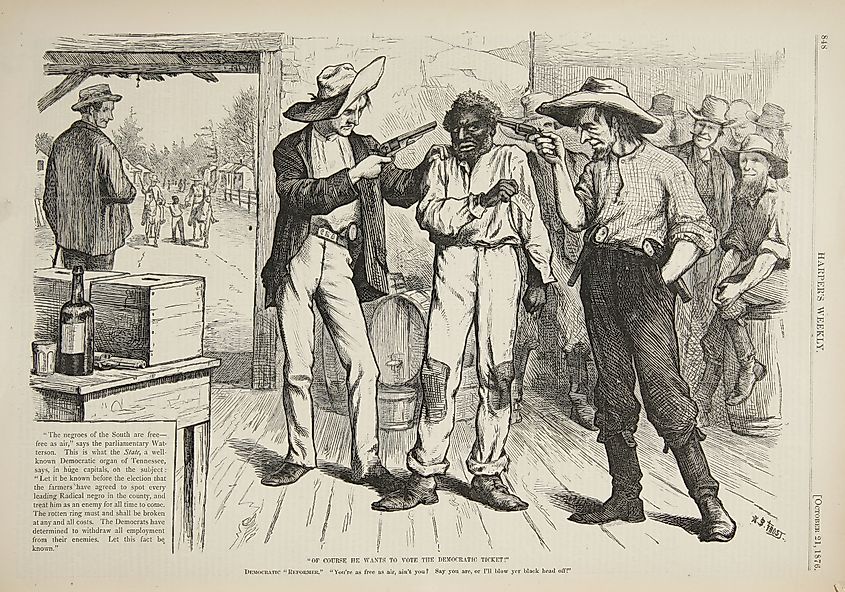
The initial response to the 15th Amendment was largely positive, and many African Americans exercised their newly granted right to vote. However, many opposed the amendment as well and sought to undermine its provisions. In the years following its ratification, various discriminatory practices were implemented to suppress African American voting. These included literacy tests, which required voters to demonstrate a certain level of education, and poll taxes, which imposed a financial burden on voters. These practices were particularly prevalent in the Southern states, where many African Americans lived.
An Ongoing Struggle
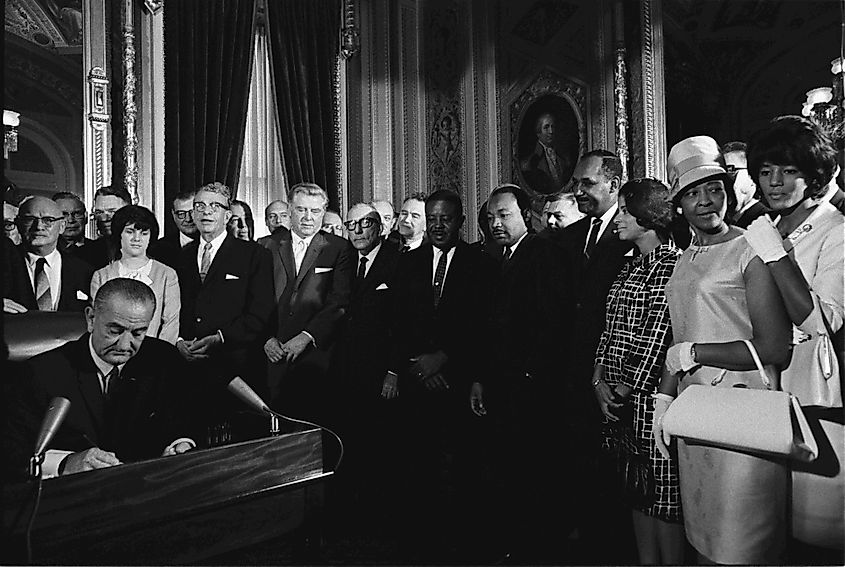
The struggle for voting rights continued into the 20th century, as the civil rights movement of the 1950s and 1960s sought to end these discriminatory practices. One of the key pieces of legislation passed during this time was the Voting Rights Act of 1965, which banned literacy tests and other voting barriers that discriminated against African Americans. The Act also provided for federal oversight of elections to ensure states do not meddle with the voting rights of people.
Despite these efforts, challenges remain. In recent years, there have been concerns about voter suppression and tactics such as gerrymandering, voter ID laws, and purging voter rolls to undermine the franchise of certain groups of people. These issues have been the subject of much debate and legal action, with advocates arguing that these practices disproportionately affect minority communities and violate the principles of the 15th Amendment.
Although the 15th Amendment marked a major turning point in the history of civil rights in the United States, the struggle for voting rights continues into the present day. Thus, we must continue to work towards a more inclusive and equitable society where all citizens receive an equal opportunity to participate in the democratic process and have their voices heard.











